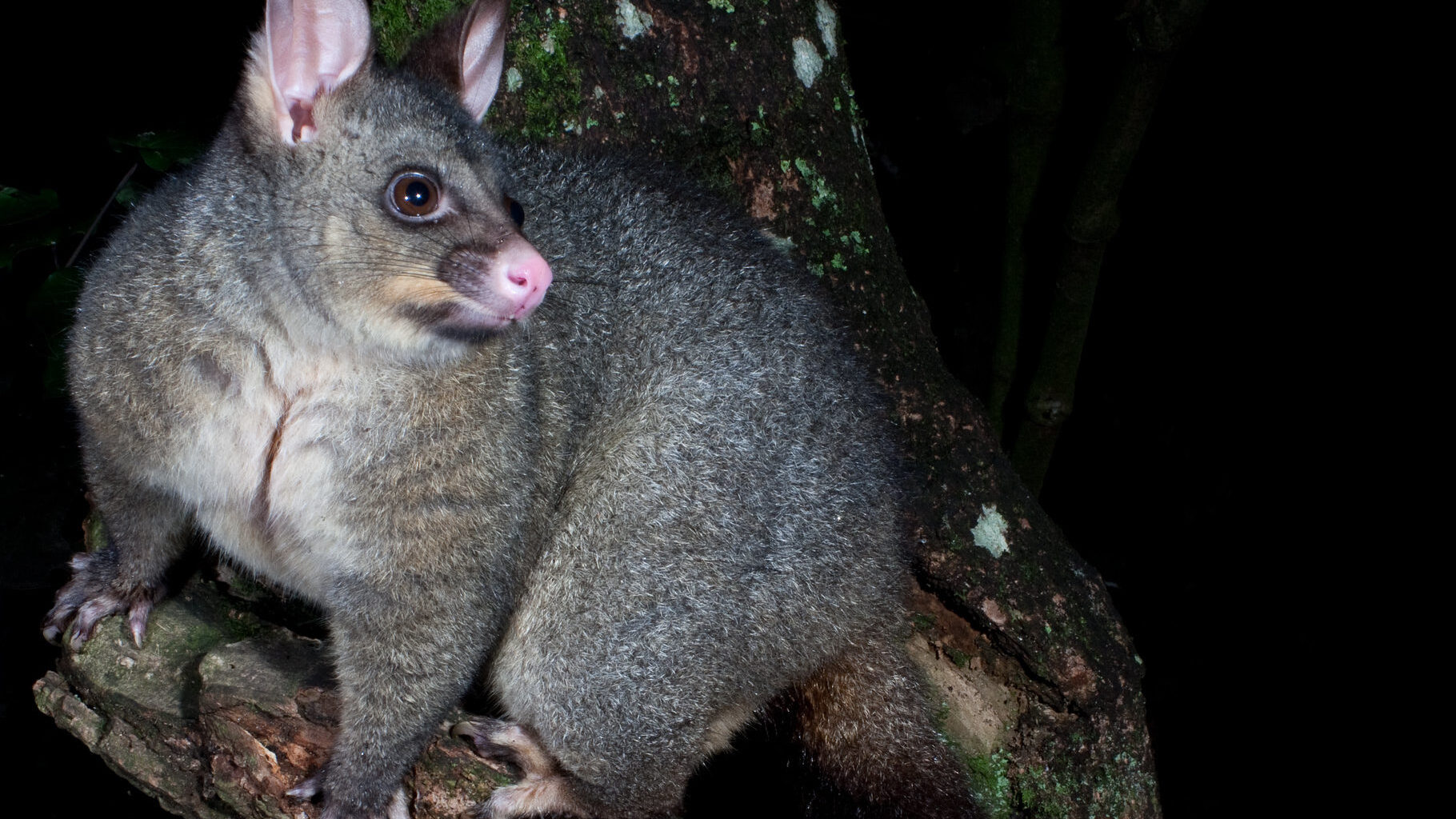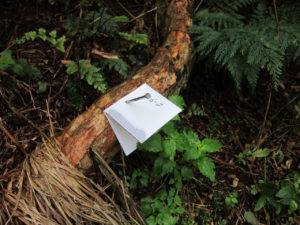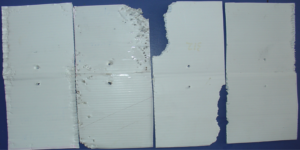Fundamental to a well-managed pest control programme is detecting what predators you have and monitoring the changes in abundance as your trapping regime progresses. Leg hold traps are a traditional way to achieve this, but may not be sensitive to possum presence when possum levels are at very low abundance.

Recently published research puts two New Zealand-invented devices to the test. Chew-track-cards (CTCs) were developed by Connovation (Auckland) and WaxTags (WTs) were developed by Pest Control Research Limited (Christchurch). Initial results indicate they may offer better performance in low density pest situations. They’re also very easy to use.
Scientists from Lincoln University compared not only the performance of CTCs and WTs in detecting possums – but also looked at what effect audio lures had. The audio lure consisted of a black box emitting 10 beeps every 15 minutes during the hours of darkness and was intended to increase the chance of a possum encountering the detection device (CTC or WT) and interacting with it. In the absence of an audio lure, possums must use sight to locate a device. In the case of chew-track-cards, peanut butter incorporated into the CTC also acts as an olfactory lure once the possum is nearby.

The trial was carried out in a mixed beech forest near Lake Rotoiti in Nelson Lakes National Park where possum numbers had previously been assessed as low-medium density. A total of 48 monitoring sites were established on a grid – 24 CTCs (with peanut butter lures) and 24 WTs (unlured). Twelve each of the CTCs and WTs also had an audio lure emitting beeps.
Results showed that, over the time-frame of this experiment, possums were more likely to encounter and interact with silent (no audio lure) chew-track-cards than with silent WaxTags – probably because of the attraction of the peanut butter lure. When an audio lure was used in conjunction with the detection devices, both showed increased sensitivity to possum presence. With the addition of the audio lure, CTCs and WTs performed equally well with 75% of ‘noisy’ sites detecting possum presence.
The researchers conclude: “As possum populations are reduced to increasingly lower densities in an attempt to locally eradicate bovine tuberculosis, the use of audio lures may become a greater part of possum surveillance monitoring in New Zealand.”
This research was published in New Zealand Natural Sciences. The full report is freely available: Sensitivity of audio-lured versus silent chew-track-cards and WaxTags to the presence of brushtail possums (Trichosurus vulpecula) (2013)
The next research project looked at chew track cards from a different perspective. Does the fact that they are highly sensitive at detecting predators limit their use to situations where there are low pest densities? In this project, scientists looked at how well chew-track-cards worked at indicating rat and possum numbers across widely varying pest densities.

Because CTCs are a highly sensitive detection method, the research was carried out over a short time period of two nights at 11 forest remnant sites that varied widely in rat and possum numbers. CTC indices of rat and possum abundance were compared with results obtained with a footprint tracking rate index (rat abundance) and wax tag bite rate index (possum abundance).
A strong correlation was found between CTC results and the other indices. CTC results were “no more sensitive than these measures, and they showed little indication of saturation at high pest abundances.”
There was also no evidence of rat interference altering CTC possum bite rates over the two-night timeframe – a problem that had previously been reported over longer surveillance periods. The researchers conclude that: “CTCs, deployed for two nights, are a promising tool for use over a wide range of pest abundances. Further research is required to examine whether rat interference is ever sufficiently high to obscure possum sign, and to confirm that the index can reflect meaningful variation in population density.”
The full report is published in the New Zealand Journal of Ecology and is freely available:
Efficacy of chew-track-card indices of rat and possum abundance across widely varying pest densities (2015)

